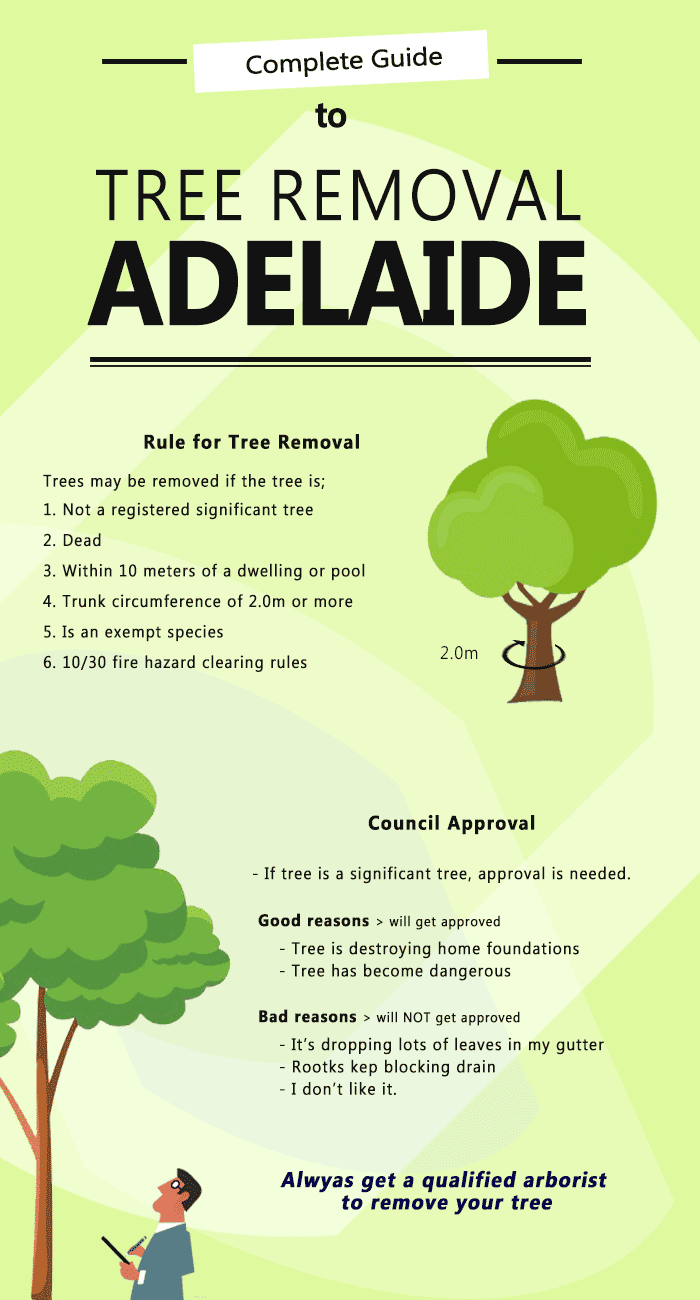Post-Tree Removal Assistance: Just How To Successfully Recover Your Landscape
Post-Tree Removal Assistance: Just How To Successfully Recover Your Landscape
Blog Article
Web Content Create By-Powell Als
After a tree's elimination, your landscape may look fairly different, and it's important to assess the after-effects meticulously. Read the Full Post 'll intend to evaluate the dirt disruption and check surrounding plants for any signs of tension. Ignoring these elements can bring about bigger issues down the line. So, what should you finish with those stumps and origins? And how do mouse click the following webpage select the very best plants for your revitalized area? Allow's discover these important actions.
Examining the Results: Assessing Your Landscape
After a tree elimination, it's important to examine your landscape to understand the effect it has on your lawn.
Start by analyzing the area where the tree stood. Look for indications of dirt disturbance, and check the surrounding plants for any stress and anxiety or damages.
You need to additionally remember of exactly how the removal has transformed sunlight exposure and air flow in your garden. This shift can impact the growth of nearby plants, so it's important to evaluate their wellness.
Take into consideration the aesthetic facets as well; the elimination may create an open space that you can revamp.
Lastly, think about any prospective disintegration problems that may arise from the tree's absence. Attending to these elements early will aid recover balance to your landscape.
Dealing With Stumps and Origins: Options for Removal
As soon as you've analyzed the after-effects of the tree removal, you'll likely need to tackle the stump and origins left.
You have a few options for elimination. One effective technique is stump grinding, where a specialist uses a device to grind the stump to underground level. This strategy leaves marginal disturbance to your landscape.
If you like a do it yourself approach, you can utilize a mix of digging and chemical stump removers. Simply keep in mind, this procedure can require time and initiative.
Conversely, take into consideration leaving the stump as a natural feature, which can work as a special yard component or environment for wildlife.
Whatever you choose, dealing with the stump and origins is necessary for restoring your landscape.
Selecting the Right Plants for Your New Space
As you analyze your recently removed space, choosing the right plants can considerably boost your landscape's appeal and functionality.
Beginning by taking into consideration the sunlight and dirt problems. For bright areas, opt for drought-resistant plants like lavender or succulents. In shaded places, ferns and hostas prosper well.
Consider the dimension and development habits of your plants; mix perennials and annuals for seasonal variety. Do not forget to incorporate indigenous varieties; they require less maintenance and support local wildlife.
Team plants in strange numbers for an extra natural look and create layers for visual deepness.
Lastly, ensure you have a mix of shades and structures to maintain your landscape lively throughout the periods.
Happy growing!
Final thought
Finally, recovering your landscape after tree elimination is a gratifying process. By examining the results, dealing with stumps and roots, and picking the right plants, you'll create a flourishing atmosphere. Don't fail to remember to include erosion control measures to shield your dirt. With a little effort and care, you can change your area right into a vibrant yard that improves your property. Accept the possibility to rejuvenate your landscape and appreciate the beauty of nature right in your yard!
